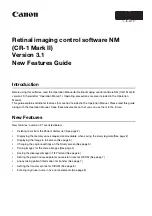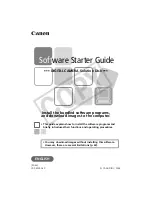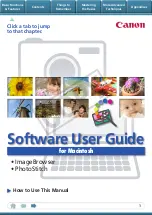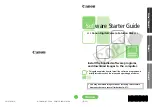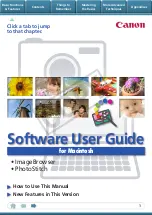
Chapter 10: Virtual LANs
102
Section I: Using the Menus Interface
The IEEE 802.1Q standard describes how tagging information within a
packet is used to forward or discard traffic throughout the switch. If the
incoming packet has a VLAN tag that matches one of the Group IDs of
which the port is a member, the packet is accepted and forwarded to the
appropriate port(s) within that VLAN. If the incoming packet’s VLAN tag
does not match one of the Group IDs assigned to the port, the packet is
discarded.
Port VLAN
Identifier
When an untagged packet is received on a port in a tagged VLAN, it is
assigned to one of the VLANs of which that port is a member. The
deciding factor in this process is the Port VLAN Identifier (PVID). Both
tagged and untagged ports in a tagged VLAN must have a PVID assigned
to them. The default value of the PVID for each port is 1. The switch
associates a received untagged packet to the Group ID that matches the
PVID assigned to the port. As a result, the packet is only forwarded to
those ports that are members of that VLAN.
General Rules for
Creating a
Tagged VLAN
Below is a summary of the rules to observe when you create a tagged
VLAN.
Each tagged VLAN must be assigned a unique VID. If a particular
VLAN spans multiple switches, each part of the VLAN on the different
switches must be assigned the same VID.
A tagged port can be a member of multiple VLANs.
The AT-FS750/16 and AT-FS750/24 switches can support up to 48
tagged VLANS.
Summary of Contents for AT-S80
Page 8: ...Contents 8 Appendix A AT S80 Software Default Settings 339 Index 343...
Page 12: ...Tables 12...
Page 24: ...24 Section I Using the Menus Interface...
Page 30: ...Chapter 2 Getting Started with the Menus Interface 30 Section I Using the Menus Interface...
Page 60: ...Chapter 4 Port Configuration 60 Section I Using the Menus Interface...
Page 78: ...Chapter 6 IGMP Snooping 78 Section I Using the Menus Interface...
Page 84: ...Chapter 7 Static Multicast Address 84 Section I Using the Menus Interface...
Page 90: ...Chapter 8 Port Mirroring 90 Section I Using the Menus Interface...
Page 96: ...Chapter 9 Dial in User Configuration 96 Section I Using the Menus Interface...
Page 118: ...Chapter 10 Virtual LANs 118 Section I Using the Menus Interface...
Page 170: ...Chapter 13 Rapid Spanning Tree Protocol RSTP 170 Section II Menus Interface...
Page 176: ...Chapter 14 Bandwidth Control 176 Section I Using the Menus Interface...
Page 206: ...Chapter 18 RADIUS Authentication Protocol 206 Section I Using the Menus Interface...
Page 212: ...212 Section II Using the Web Browser Interface...
Page 250: ...Chapter 23 Port Trunking 250 Section II Using the Web Browser Interface...
Page 254: ...Chapter 24 Port Mirroring 254 Section II Using the Web Browser Interface...
Page 260: ...Chapter 25 Static Multicast Address Table 260 Section II Using the Web Browser Interface...
Page 264: ...Chapter 26 IGMP Snooping 264 Section II Using the Web Browser Interface...
Page 272: ...Chapter 28 Bandwidth Control 272 Section II Using the Web Browser Interface...
Page 284: ...Chapter 29 Virtual LANs 284 Section II Using the Web Browser Interface...
Page 328: ...Chapter 36 Management Software Updates 328 Section II Using the Web Browser Interface...
Page 342: ...Appendix A AT S80 Software Default Settings 342...
Page 346: ...Index 346...































